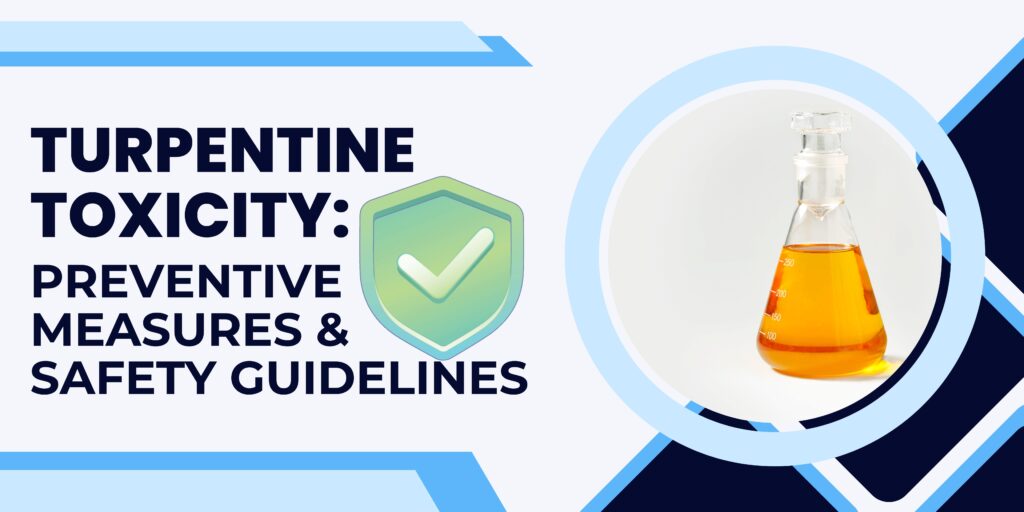
Gum turpentine, a natural resin obtained from pine trees, has been valued for centuries for its versatile properties. One crucial aspect of harnessing its potential lies in the extraction methods employed. Over time, both traditional and modern techniques have evolved, each with its unique set of advantages and challenges.
Traditional Extraction Methods
Historically, the extraction of gum turpentine was a labor-intensive process rooted in craftsmanship. The most traditional method involved the “boxing” technique. Harvesters would make incisions in the bark of pine trees, allowing the gum to flow into carved boxes attached to the tree. This method required skilled workers to carefully tap the trees without causing irreparable damage.
Another traditional method involved the use of cups or pots hung on the tree, collecting the resin as it dripped down. While these methods were effective, they had drawbacks such as the potential for over-harvesting and environmental impact.
Modern Extraction Methods
In contrast, modern extraction methods aim for efficiency, sustainability, and minimal environmental impact. The most prevalent modern technique is the use of a “spiral” or “V” shaped cut in the tree bark, combined with the application of chemical stimulants to enhance resin flow. This method allows for higher yields and reduced damage to the trees, contributing to sustainable gum turpentine production.
Vacuum distillation is another contemporary method widely adopted in industrial settings. This involves collecting the resin and subjecting it to a vacuum distillation process, separating the volatile turpentine from the non-volatile components. This method provides a purer product and is more adaptable to large-scale production.
Advantages and Challenges
Traditional methods are often praised for their artisanal qualities and minimal environmental impact. They require a deep understanding of the ecosystem and careful, selective tapping. However, they are time-consuming and may not meet the growing demand for gum turpentine.
Modern methods, on the other hand, offer higher yields and efficiency, making them suitable for large-scale production. Yet, they may be criticized for their potential environmental impact and reliance on chemical stimulants. Striking a balance between efficiency and sustainability is a challenge faced by modern extraction practices.
Environmental Considerations
One of the primary concerns in gum turpentine extraction is its environmental impact. Traditional methods, when practiced sustainably, are often regarded as environmentally friendly due to their low-intensity nature. Harvesters carefully choose trees, ensuring that tapping does not harm the overall health of the pine stand. However, the demand for gum turpentine has grown, leading to more extensive harvesting and potential ecological stress.
Modern methods, while more efficient, sometimes involve the use of chemical stimulants to enhance resin flow. The environmental consequences of these stimulants, their persistence in the ecosystem, and their impact on surrounding flora and fauna are subjects of ongoing research and debate within the industry. Striking a balance between production needs and environmental stewardship is a critical consideration for the future of gum turpentine extraction.
Economic Implications
The economic aspects of gum turpentine extraction have also evolved with changing methods. Traditional extraction methods often involve smaller-scale, local operations that contribute to the livelihoods of communities. These operations, rooted in artisanal practices, can face economic challenges as demand for gum turpentine grows and modern, industrialized processes become more prevalent.
On the other hand, modern extraction methods, with their efficiency and higher yields, can contribute to economic growth on a larger scale. However, they may also lead to the consolidation of the industry into fewer, larger operations, potentially impacting smaller producers.
Technological Innovations
Advancements in technology have played a significant role in shaping modern extraction methods. Automation and monitoring systems have been integrated into some industrial processes, allowing for more precise control and optimization of resin collection. These innovations not only enhance efficiency but also provide opportunities for reducing environmental impact through better resource management.
Research and Development
Ongoing research and development in the field of gum turpentine extraction focus on improving both traditional and modern methods. Sustainable tapping practices, the development of environmentally friendly stimulants, and the exploration of alternative extraction techniques are areas of active investigation. The aim is to enhance production efficiency while minimizing the ecological footprint.
Consumer Awareness and Certification
As consumers become increasingly conscious of environmental and ethical considerations, there is a growing demand for sustainably sourced products, including gum turpentine. Certification programs that endorse environmentally responsible harvesting practices are emerging, providing consumers with the assurance that the gum turpentine they purchase is produced in a manner that aligns with ecological and ethical standards.
Conclusion
The extraction of gum turpentine is a dynamic field, shaped by a delicate balance between tradition and modernity, economic considerations, technological innovations, and environmental stewardship. The industry’s ability to adapt and integrate sustainable practices will be crucial in ensuring the continued availability of this valuable natural resource. Whether through the preservation of traditional wisdom or the embrace of cutting-edge technologies, the future of gum turpentine extraction holds promise for those who can navigate the complexities of a changing landscape.




